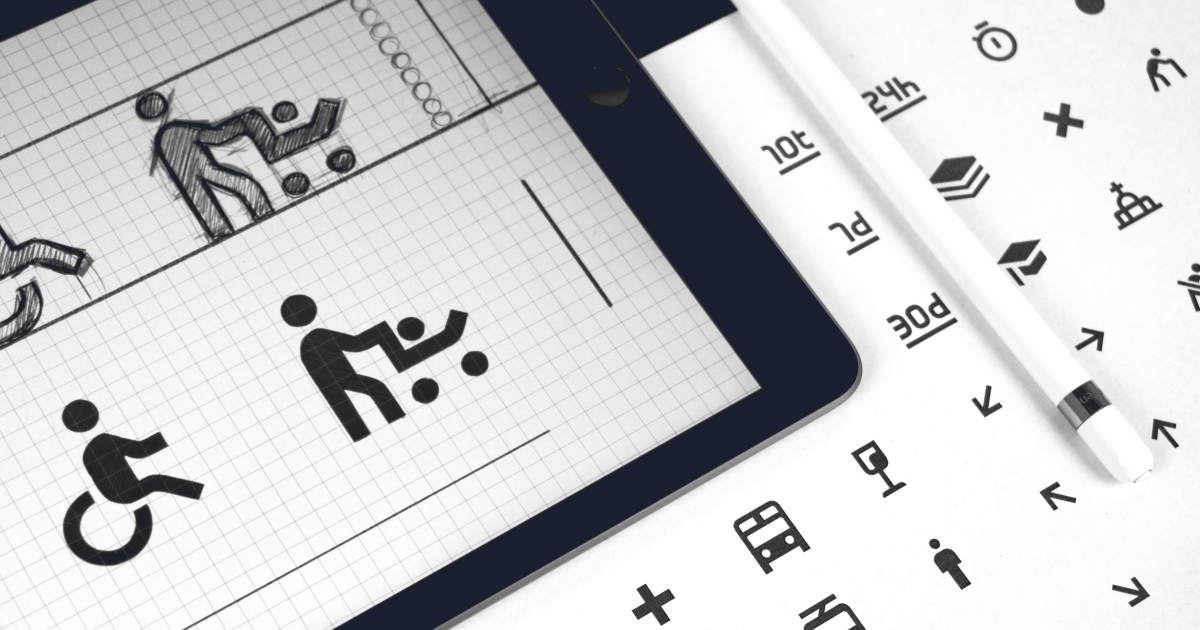As a systems engineer, I understand the importance of accessibility in designing and implementing systems. Accessibility refers to the ability of individuals with disabilities to access and use technology, products, and services. It is essential to ensure that everyone, regardless of their abilities, can use and benefit from the systems we create.
Accessibility is not just a legal requirement; it is also a moral obligation. It is our responsibility as systems engineers to design systems that are inclusive and accessible to all. This means considering the needs of individuals with disabilities, such as visual, auditory, physical, and cognitive impairments, when designing and testing systems.
One of the key principles of accessibility is to provide multiple ways for users to access and interact with the system. For example, providing alternative text for images, captions for videos, and audio descriptions for visual content can make the system accessible to individuals with visual impairments. Similarly, providing keyboard shortcuts and voice commands can make the system accessible to individuals with physical impairments.

Another important aspect of accessibility is to ensure that the system is easy to use and navigate. This means designing a user interface that is intuitive and easy to understand, with clear and concise instructions. It also means providing feedback to users when they interact with the system, such as error messages and confirmation messages.
Testing is a critical part of ensuring accessibility. It is essential to test the system with individuals with disabilities to identify any accessibility issues and address them before the system is released. This can involve conducting usability testing with individuals with disabilities, as well as using automated testing tools to identify accessibility issues.
In conclusion, accessibility is a critical aspect of systems engineering. It is our responsibility as systems engineers to design and implement systems that are inclusive and accessible to all. By considering the needs of individuals with disabilities, providing multiple ways to access and interact with the system, designing an intuitive user interface, and testing the system for accessibility, we can ensure that our systems are accessible to everyone.
